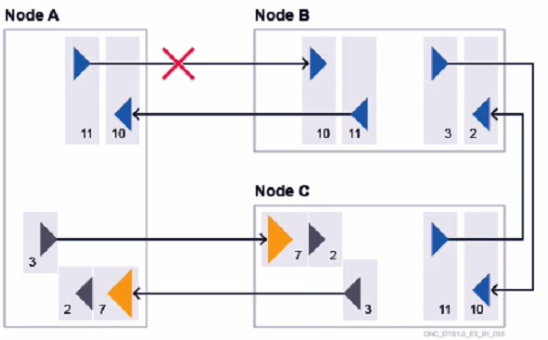Nokia 4A0-265 - Nokia Optical Diagnostics and Troubleshooting Exam
Which of the following statements about using Nokia product documentation in the troubleshooting process is TRUE?
When troubleshooting possible generic fiber cuts, the recommended first step is to: 1. Review alarms at nodes where power loss occurs.
What is the next recommended step?
Which of the following statements about optical power vs amplification stages is TRUE?
A power adjustment has succeeded conditionally because of gain settings set to higher levels than expected by design. Which of the following alarms will raise?
Suppose a node is experiencing a little unexpected attenuation over the Optical Supervisory Channel (OSC) transmit direction. Which of the following statements is FALSE?
Suppose a "Channel Absent" alarm is reported on an 1830 PSS node. What is the recommended order for the following troubleshooting steps?
Which of the following statements about 1-Day PMs is TRUE?
Which of the following statements about the "config powermgmt egress 1/2 adjust status command" is TRUE?
Consider the exhibit. A single directional fiber cut is occurring between two amplifiers in bidirectional configuration. Which node(s) will report a "LD Input LOS" alarm?

Which of the following is a passive component in a CDC-F network configuration?



